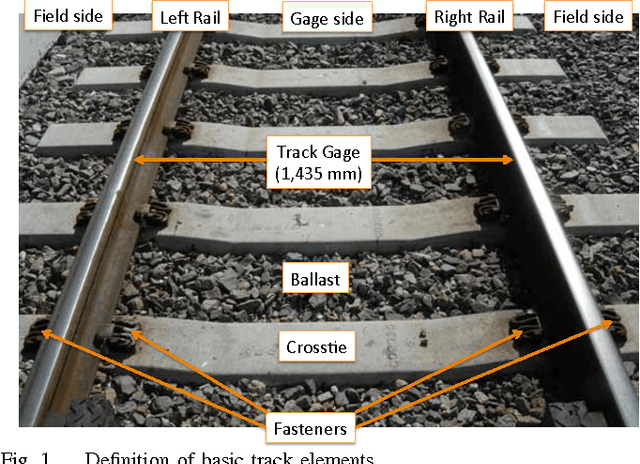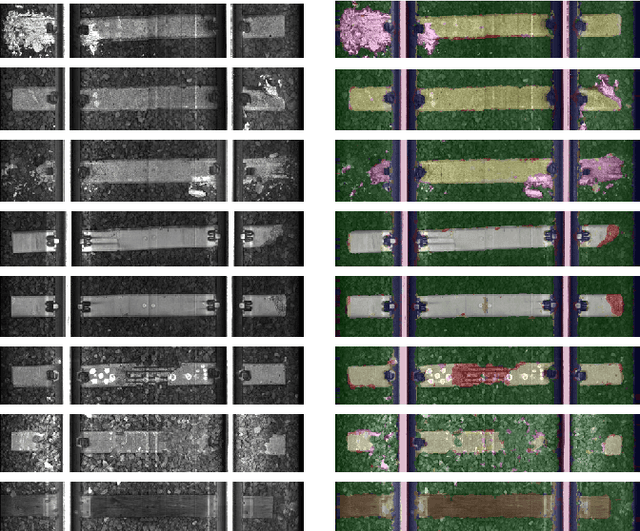Deep Multi-task Learning for Railway Track Inspection
Paper and Code
Sep 17, 2015



Railroad tracks need to be periodically inspected and monitored to ensure safe transportation. Automated track inspection using computer vision and pattern recognition methods have recently shown the potential to improve safety by allowing for more frequent inspections while reducing human errors. Achieving full automation is still very challenging due to the number of different possible failure modes as well as the broad range of image variations that can potentially trigger false alarms. Also, the number of defective components is very small, so not many training examples are available for the machine to learn a robust anomaly detector. In this paper, we show that detection performance can be improved by combining multiple detectors within a multi-task learning framework. We show that this approach results in better accuracy in detecting defects on railway ties and fasteners.
 Add to Chrome
Add to Chrome Add to Firefox
Add to Firefox Add to Edge
Add to Edge